Leo Amaya's Trip to South Africa With Lomography Film
15 Share TweetLeo Amaya is a Spanish photographer and YouTuber from the Canary Islands, who truly loves film as much as we do! We sent him some of our films for him to take on a trip to South Africa and here are the beautiful results. The use of analogue photography for something as spontaneous as capturing a wild animal in its natural habitat shows us that sometimes you really can stick to the most important Lomographic principle in every situation — don't think, just shoot!
Hello Leo, welcome to our magazine! Can you introduce yourself to our readers?
My name is Leo Amaya, and I'm an analogue photographer. Since 2016, I've been capturing analogue photographs and promoting their use, features, and benefits on social media. Ever since I tried it, I fell completely in love with this format and haven't stopped shooting film since. My work is primarily inspired by the sea and the landscapes of the Canary Islands, the place I'm from and where I live.
How did you get into shooting film?
I started shooting analogue photos in 2016. We always had an analogue camera at home that my father used to take pictures of us when we were kids. I remember seeing the Nikon F2 and thinking it was a beautiful camera. During my time at university in Madrid, I connected with people passionate about this world, and I delved into it. I rescued that Nikon F2 and took it to Madrid. Fortunately, analogue photography was beginning to thrive there, and stores like Sales de Plata or La Peliculera were pioneers in bringing in film rolls and analogue development.
Tell us about your amazing trip to South Africa.
I went to South Africa with a group of friends, and it was like living a dream. We were in constant contact with nature and animals in a country with so much to show and discover. The first part of the trip was spent in Kruger National Park, a park the size of the Netherlands. Despite its vastness, we were constantly encountering wild animals. In the second part of the journey, we traveled along the coast and through the interior, exploring mountain routes and hiking, witnessing landscapes that left me utterly amazed.
How was your experience with analogue photography in the wilderness?
For this journey, I set out to capture photographs of wild fauna on film, and my experience was more than satisfactory. I discovered that it's possible to shoot large animals without the need for a rapid burst of photos or autofocus. While it's true that digital is much more convenient, the analogue process is a beautiful one, and it's possible to take great photos with your analogue camera. Plus, I found much more enjoyment in the process this way.
For these wonderful pictures you used a variety of Lomography film stocks. How did you find them? Were there any particular features that you liked?
The curious thing about Lomography films is that every time I loaded one into the camera, we had a fantastic encounter with significant wildlife on safari. I was able to capture lions feasting with Lomography Color Negative 400, rhinos with Color Negative 800, and elephants with Lomography Berlin 400. Overall, I chose high ISO films to take photos with a telephoto lens and two low ISO films like Potsdam Kino 100 ISO and Lomography Color Negative 100 for landscapes in the second part of the trip. The results were excellent, the colors of the color films were beautiful, especially Color Negative 800, which became my favorite with its highly saturated tones. The black and white films delivered good quality and a lovely grain.
What photographic equipment did you take with you on this trip?
For this trip, I had the support of Lomography and the Chilli and Film store and workshop, which provided me with the Nikon 50-300 mm f/4.5 telephoto lens. This lens allowed me to capture photos of the significant wildlife during safaris. In addition to this fantastic lens, I brought along my Nikon F801, equipped with the Nikkor 50 mm f/1.4 and 28 mm f/3.5 lenses. As a second analogue camera, I took a compact one, the Canon Prima Mini II, also provided by Chilli and Films. I always enjoy bringing these two cameras on my adventures to have complete coverage with the 28 mm and 50 mm lenses on the reflex camera and the 35 mm on the compact one. With the telephoto lens on this trip, I had all focal lengths covered, providing me with great versatility.
Any new adventures planned?
Absolutely! I'm eager for more adventures and to have my channel and social media focus more on the theme of adventures and travel, always intertwined with analogue photography. Currently, I haven't booked any flights, but I have some places in mind. My travel plan is always to be in constant connection with nature and the sea.
Thank you Leo for sharing these beautiful photos with us! Check out Leo's super interesting YouTube channel on analogue photography and follow him on Instagram.
written by ludovicazen on 2023-12-07 #gear #people #places #safari #south-africa #lomography-color-negative #wildlife-photography #berlin-kino #potsdam-kino
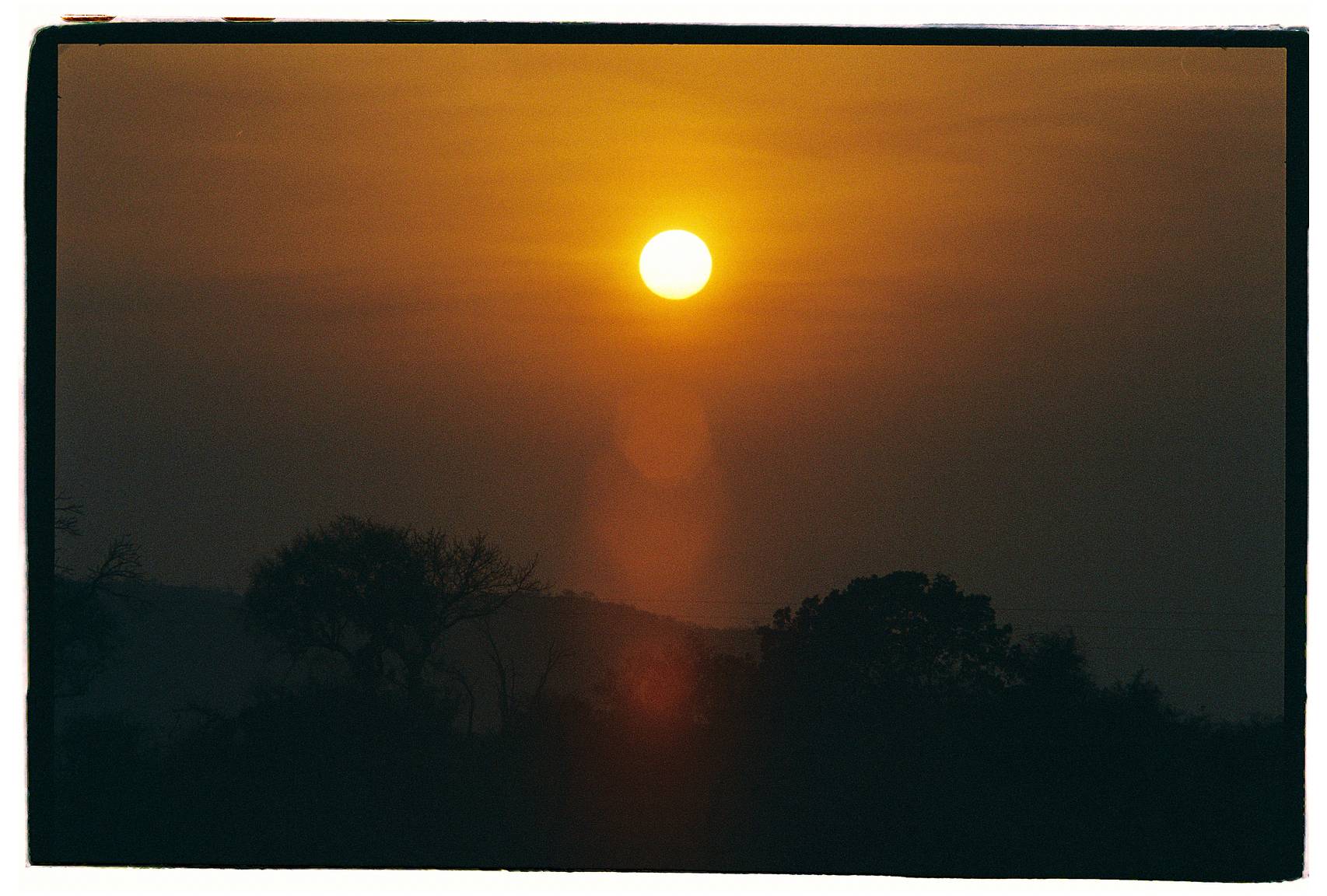
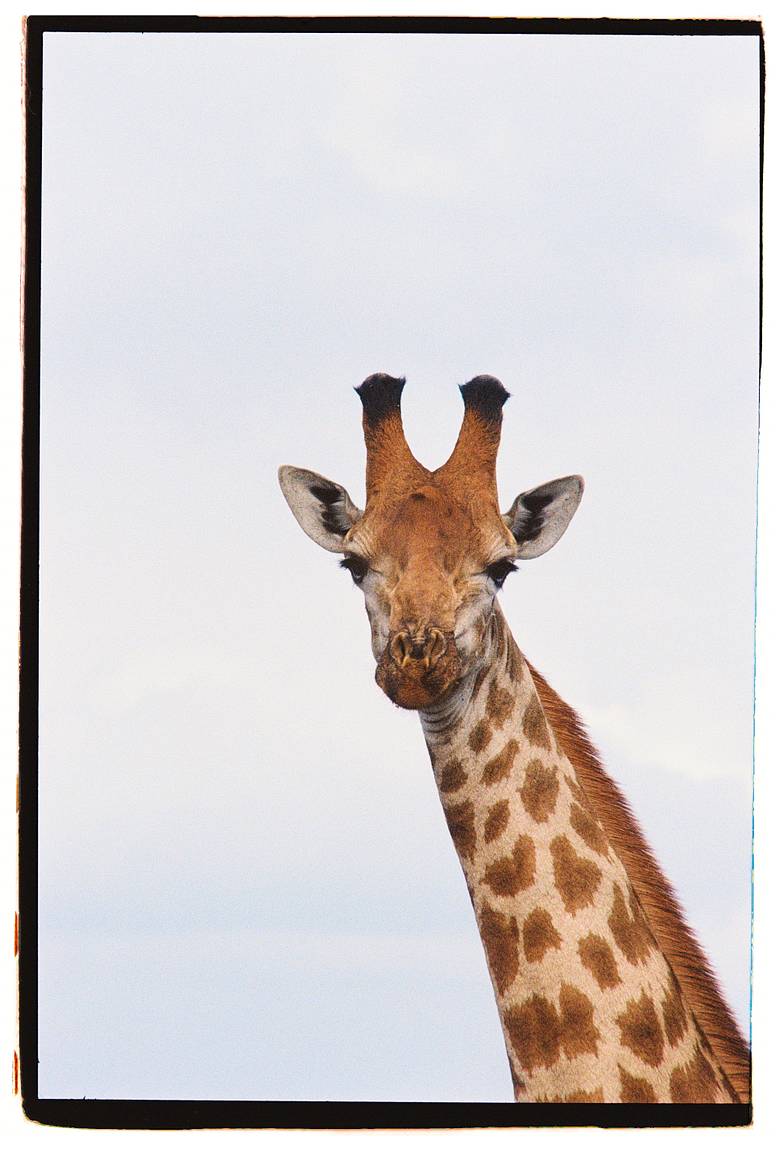



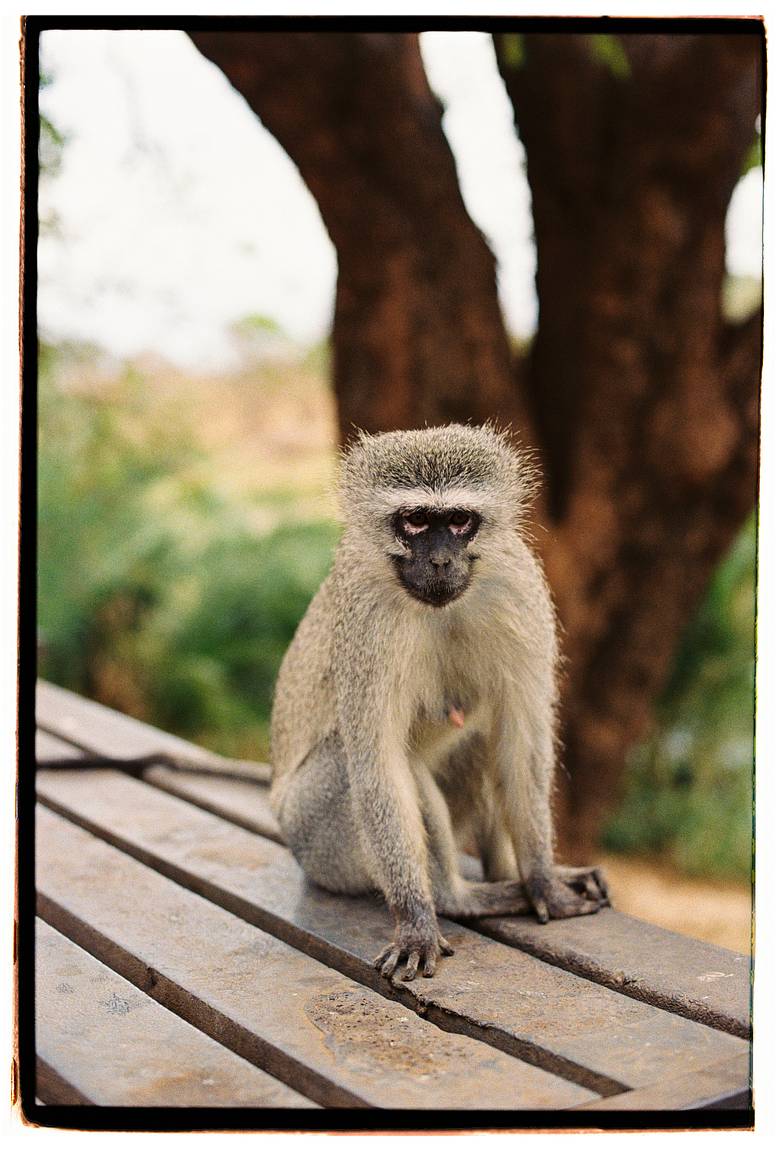


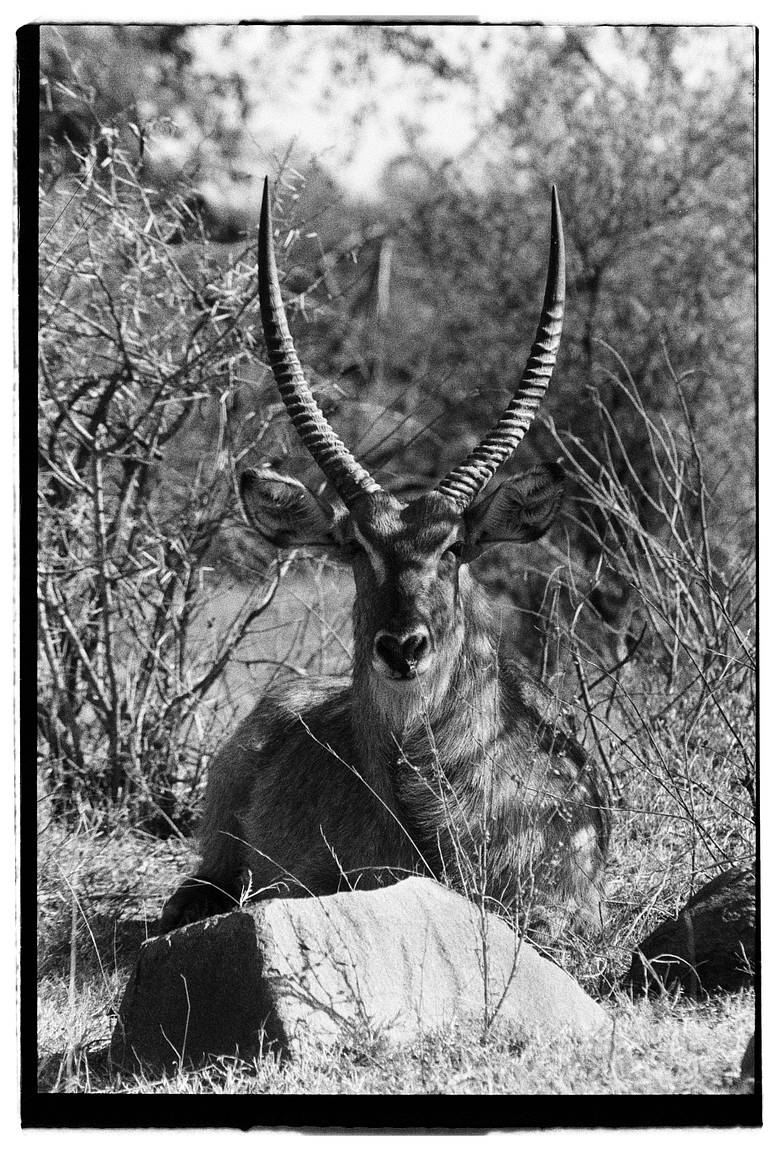
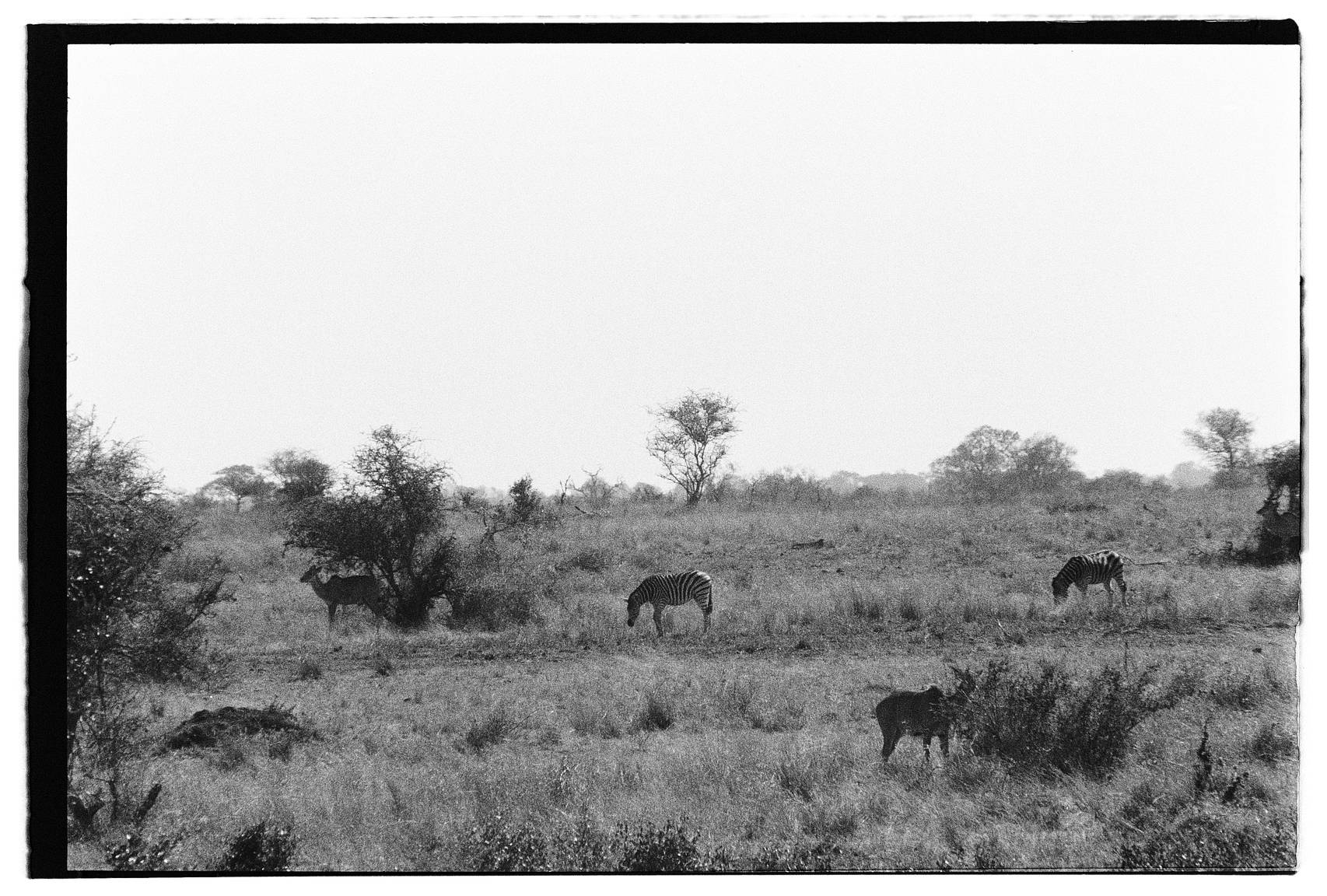



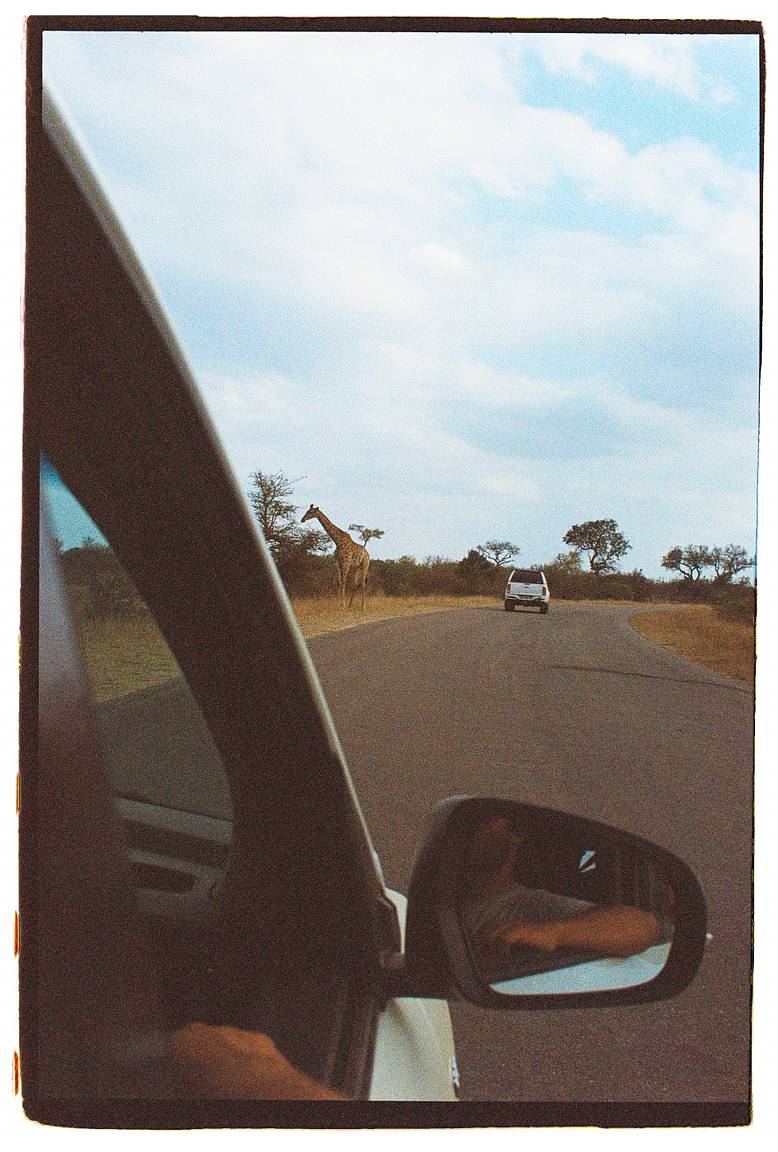
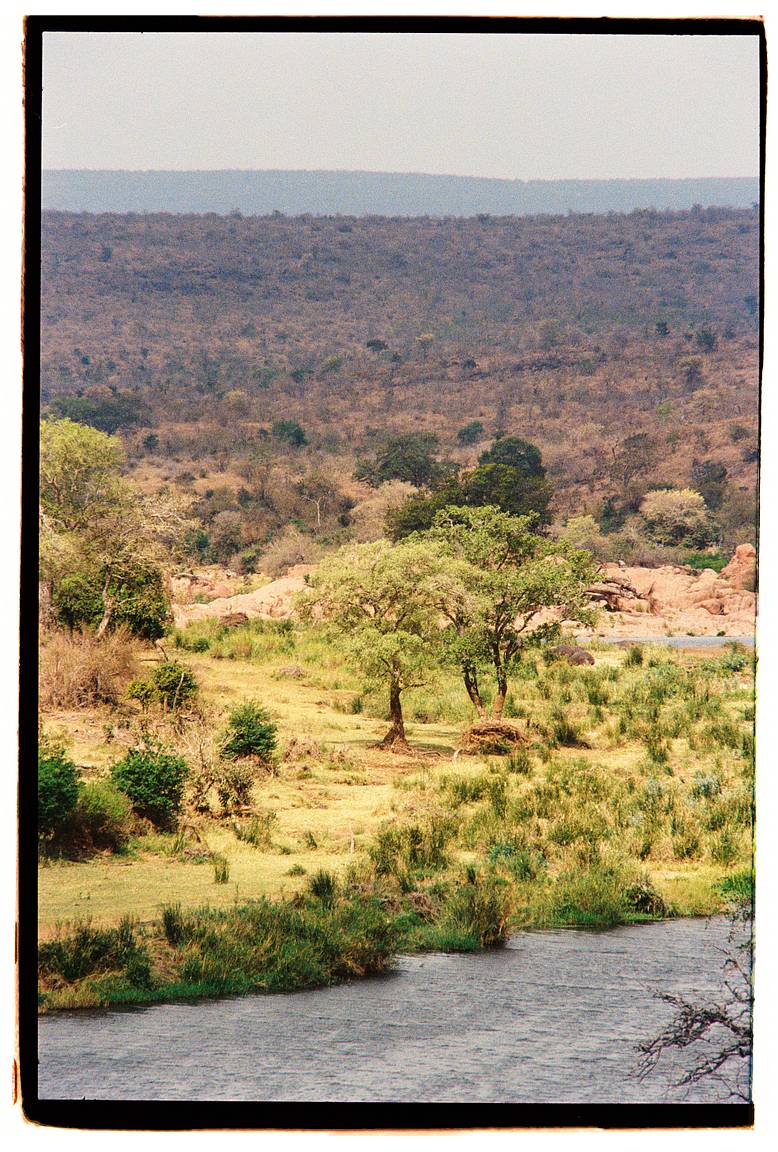

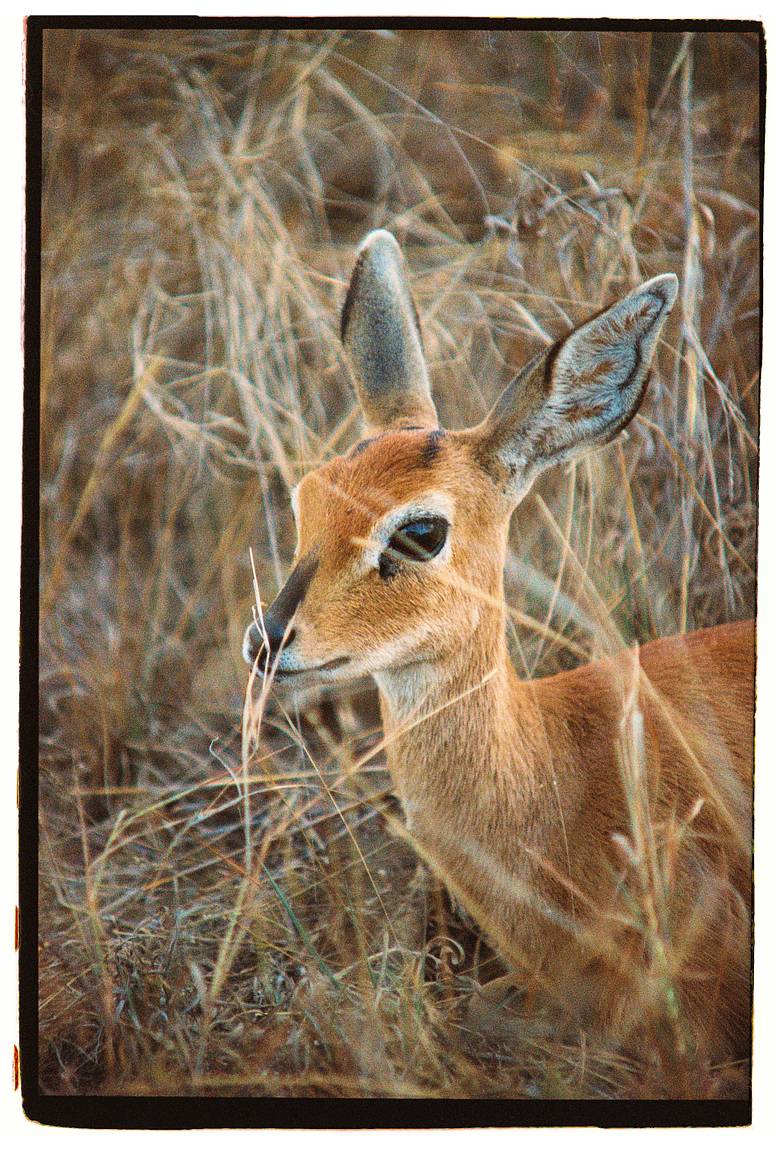







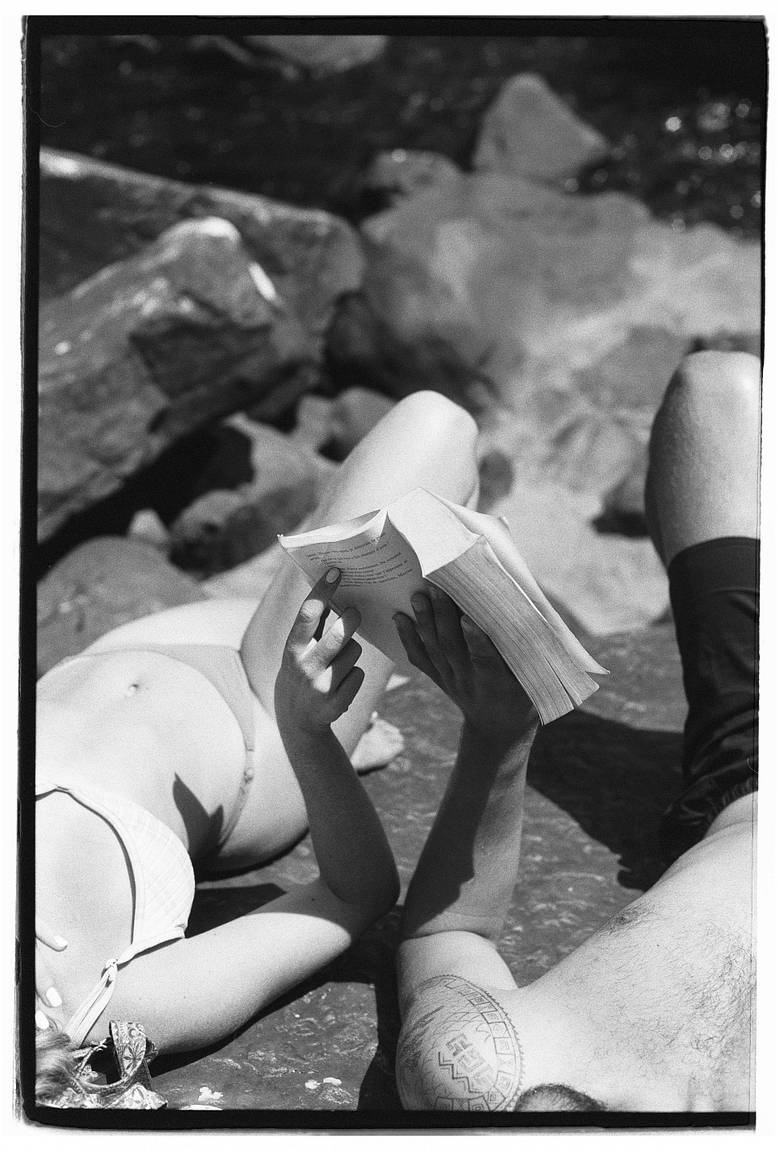
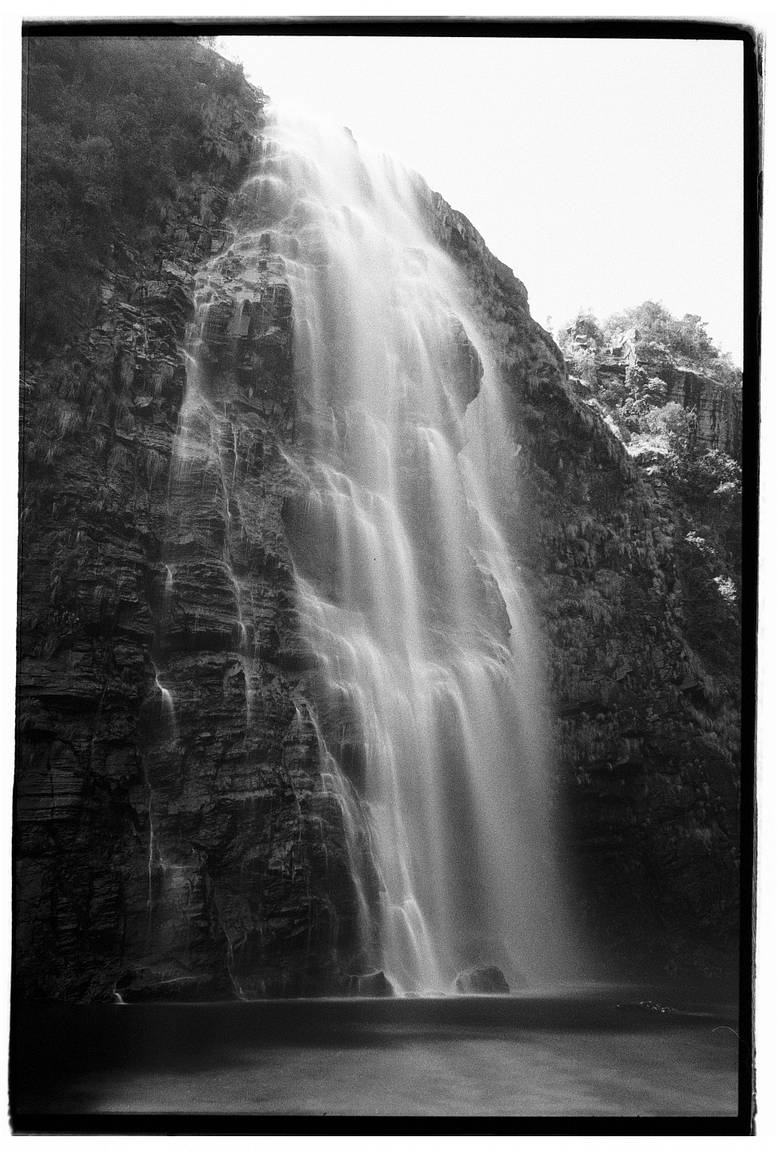


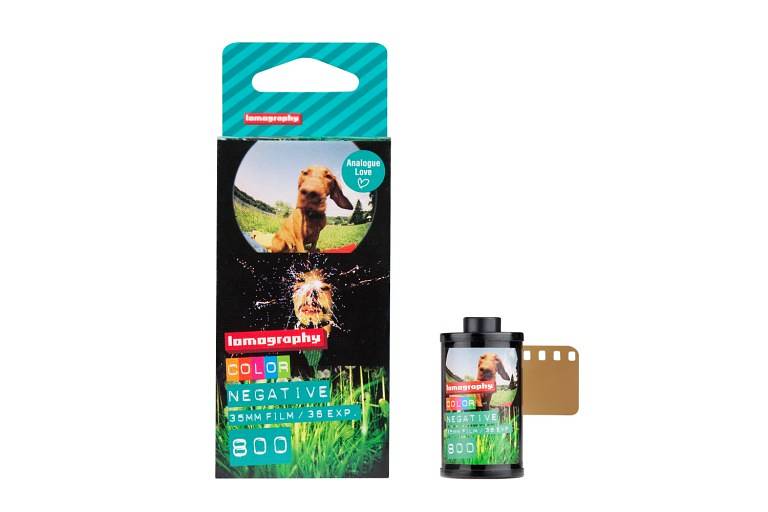




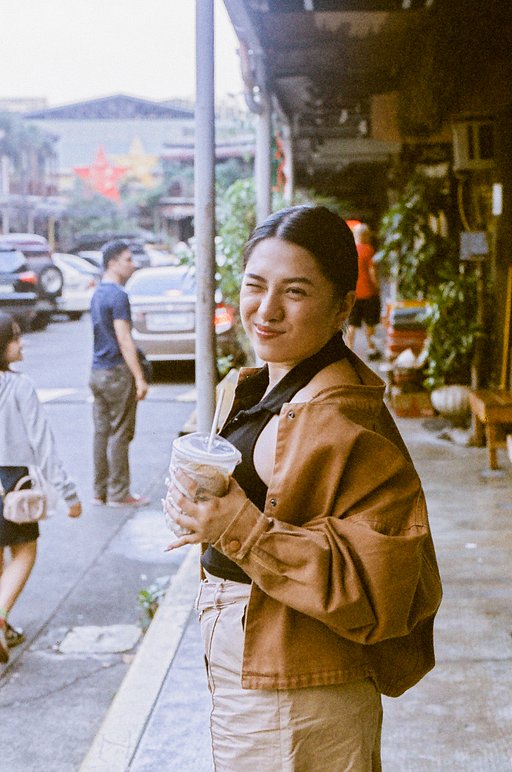



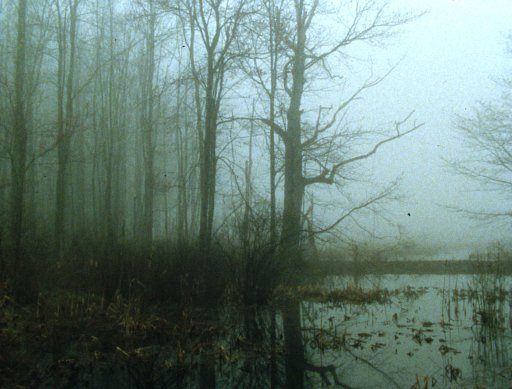




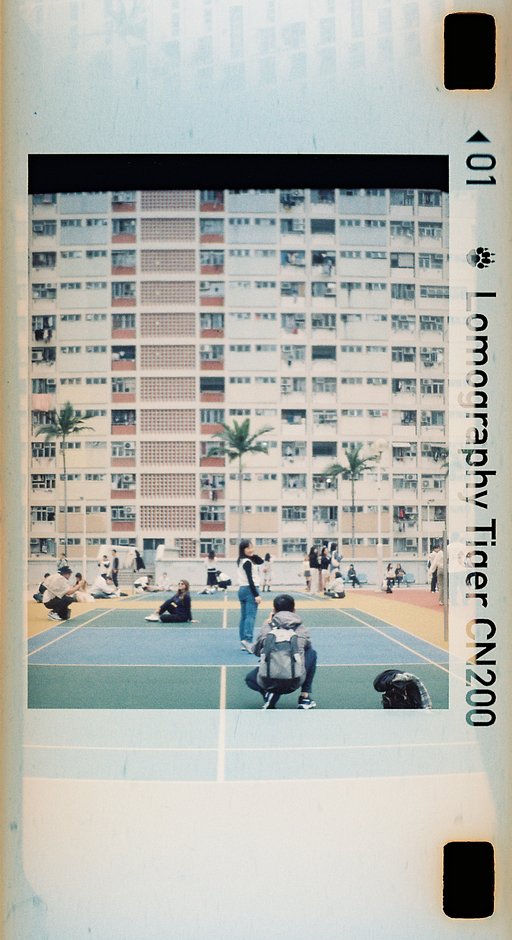


No Comments